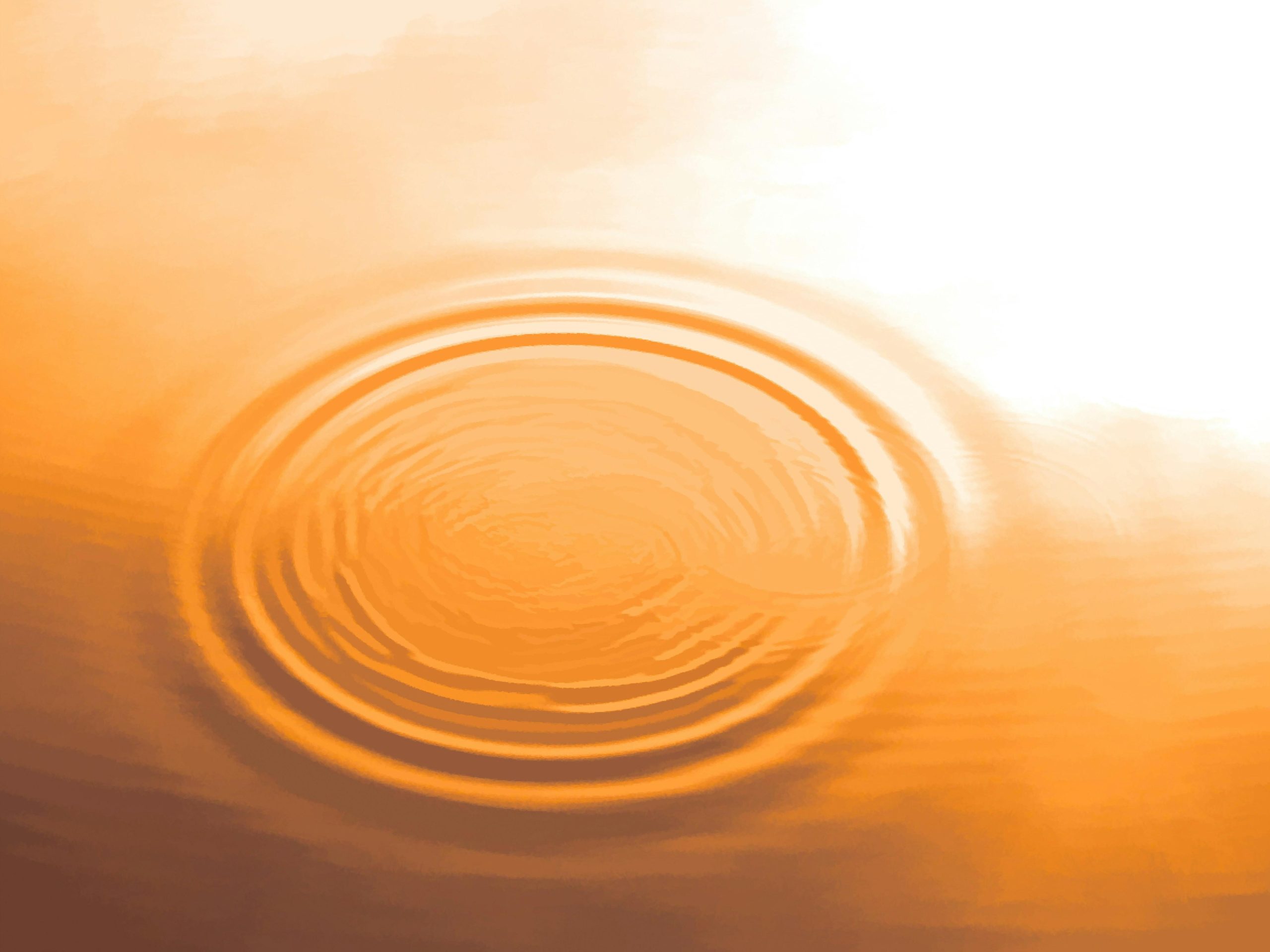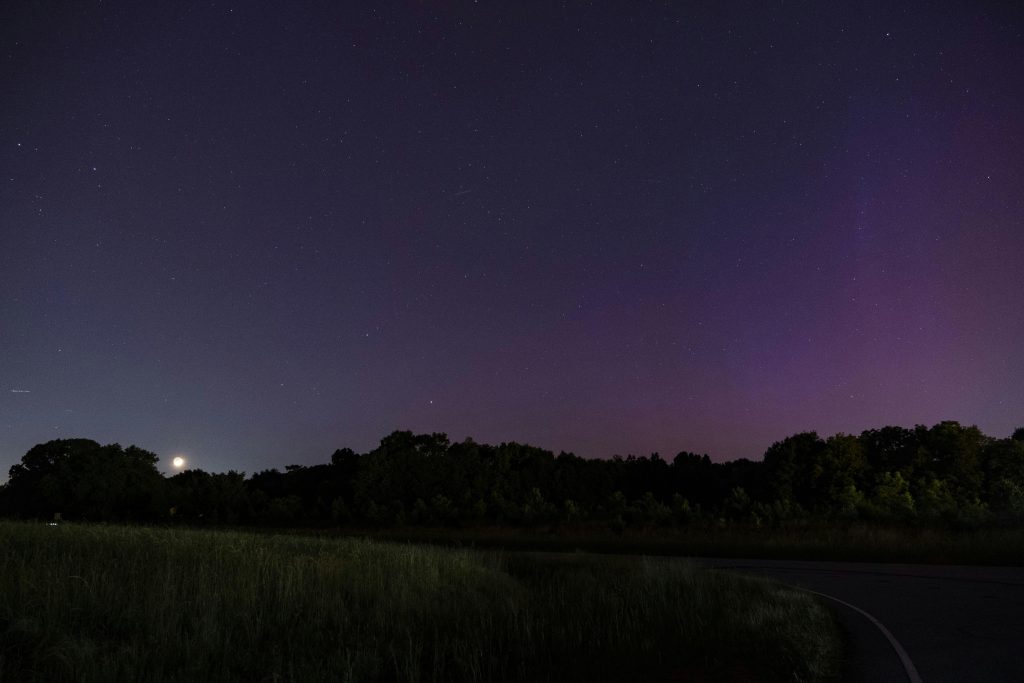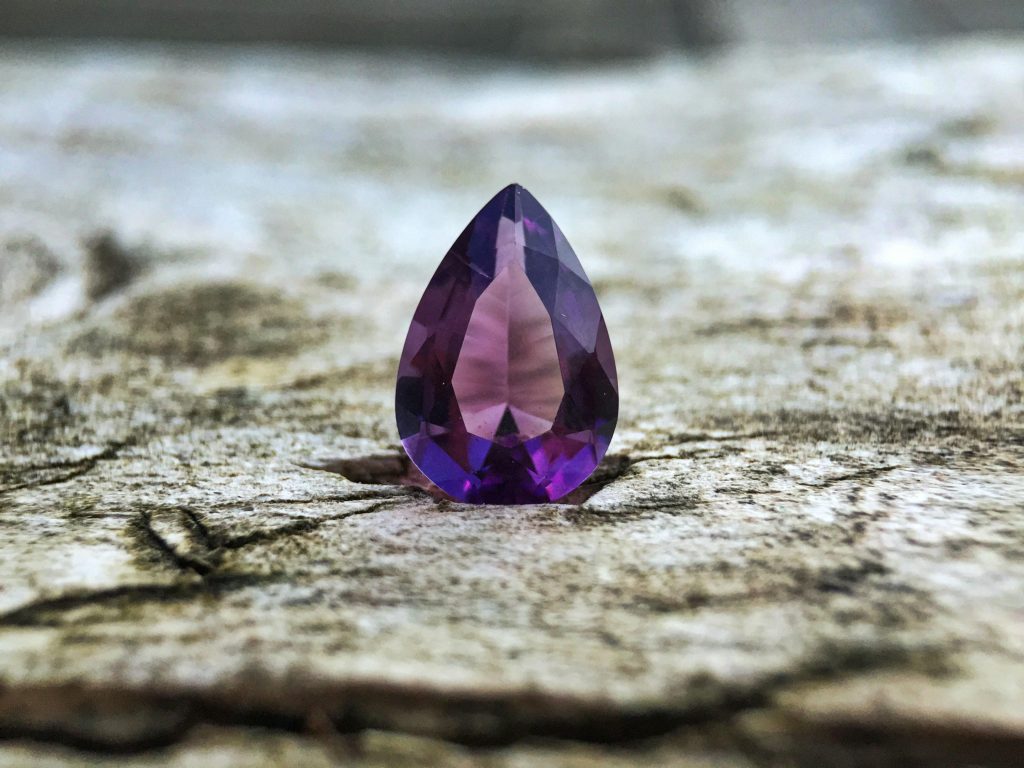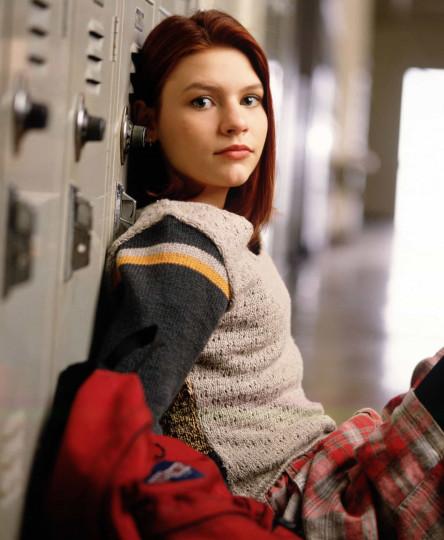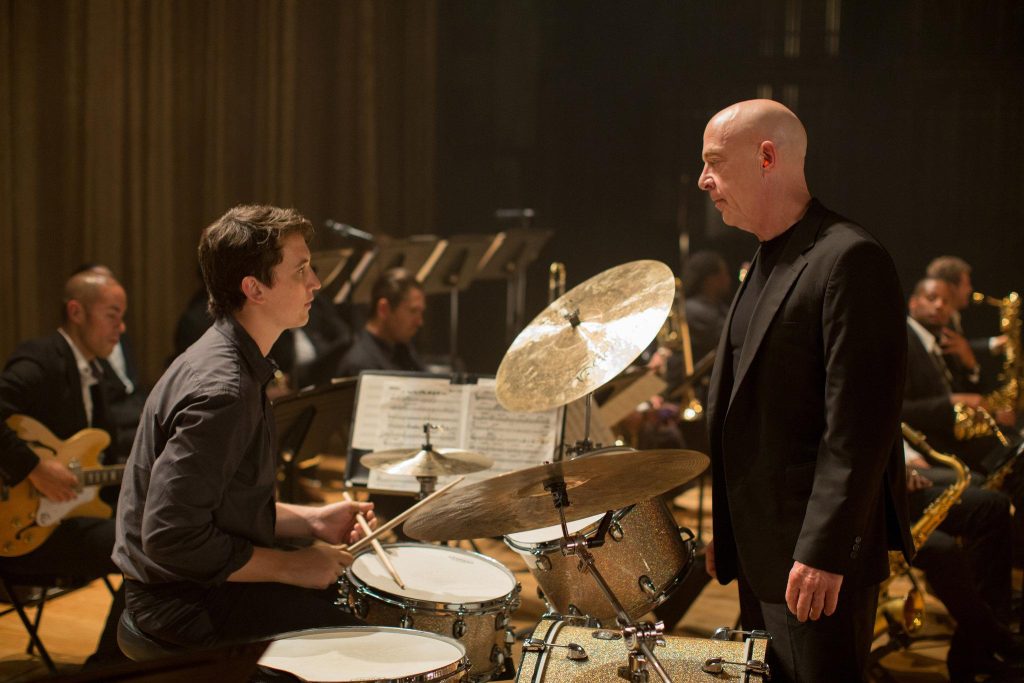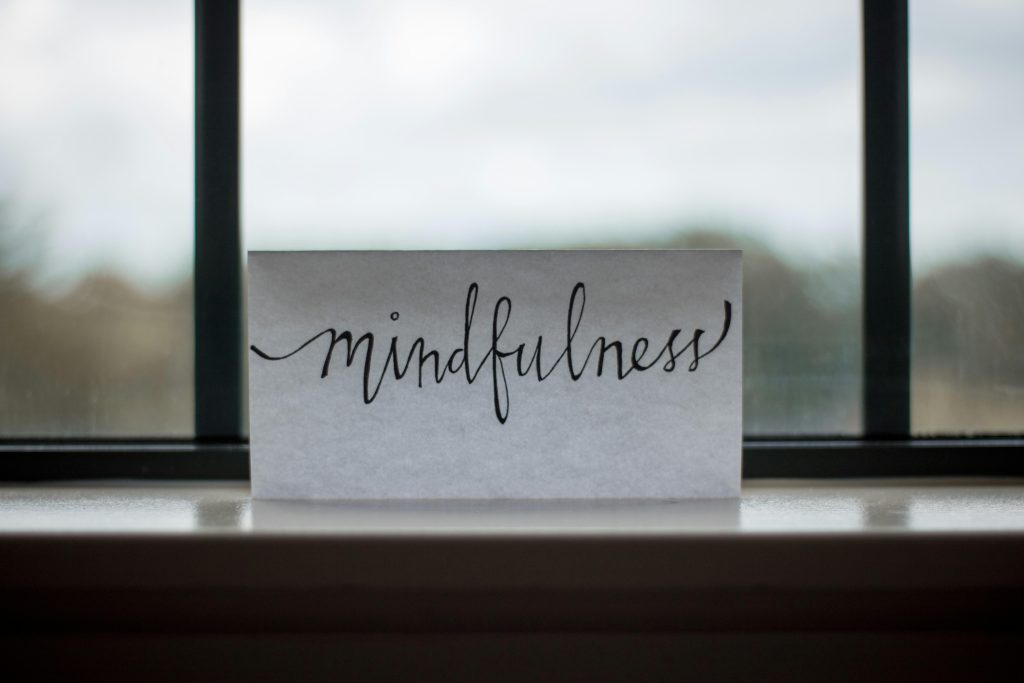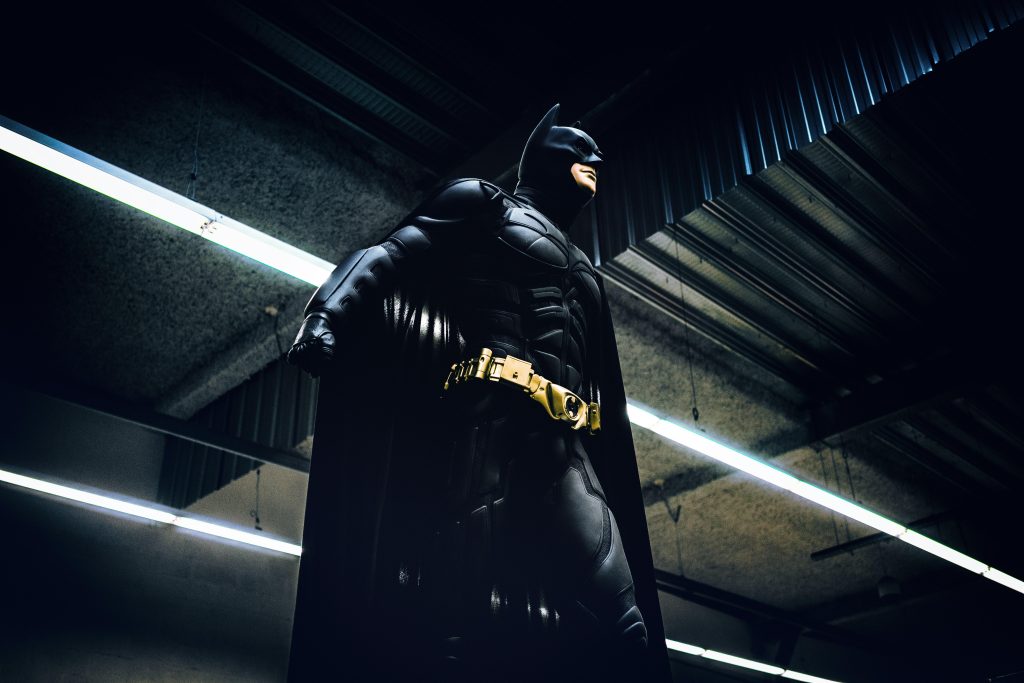In the ever-evolving landscape of cinematic genres, few films manage to transcend traditional boundaries and redefine the conventions they inhabit. Guillermo del Toro‘s “The Shape of Water” stands as a luminous example of such a transformation, intricately weaving elements of fantasy and romance into a narrative that is as enchanting as it is groundbreaking. Released in 2017, this visually arresting film not only garnered critical acclaim but also challenged preconceived notions of what constitutes a fantasy romance. By embracing an unconventional love story between a mute woman and an aquatic creature, del Toro invites audiences to explore themes of otherness, empathy, and the profound human longing for connection. This article delves into how “The Shape of Water” redefines the fantasy romance genre, offering a fresh perspective that resonates with contemporary audiences while honoring the timeless allure of fairy tales. Through its innovative storytelling, rich symbolism, and poignant character development, the film elevates the genre to new heights, making it a seminal work that continues to inspire and captivate.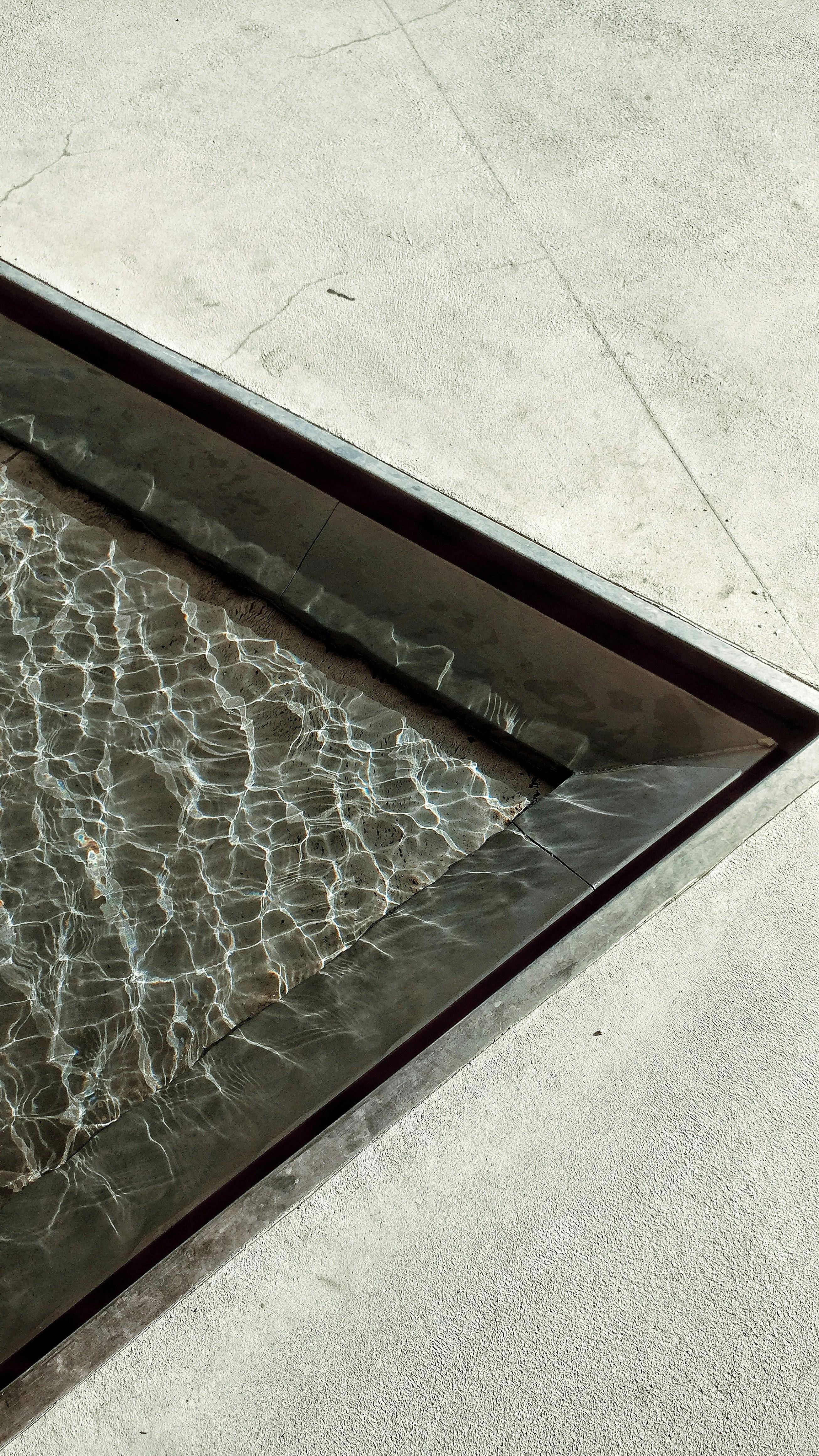
Delving into the Unconventional Love Story Dynamics
Guillermo del Toro’s “The Shape of Water” artfully challenges the traditional boundaries of fantasy romance, presenting an atypical narrative that captivates and provokes thought. At the heart of this film is a love story that defies societal norms and conventions, portraying an interspecies romance between Elisa, a mute cleaning woman, and an amphibious creature held captive in a government laboratory. This unique dynamic is a refreshing departure from the often predictable tales of love and valor, inviting audiences to explore deeper themes of acceptance, empathy, and the power of connection beyond superficial differences.
- Empathy and Communication: Without the crutch of verbal communication, the film emphasizes the potency of non-verbal cues, allowing love to transcend the barriers of language.
- Societal Outsiders: Both Elisa and the creature are societal outcasts, yet their bond exemplifies how shared experiences of alienation can forge powerful connections.
- Challenging Norms: By showcasing a romance that breaks the mold of traditional relationships, the film invites viewers to question their own perceptions of love and normalcy.
The narrative masterfully intertwines elements of fantasy and reality, using its fantastical premise to explore very real human emotions and prejudices. In doing so, “The Shape of Water” not only redefines the fantasy romance genre but also offers a poignant commentary on the nature of love itself.
Exploring the Intersection of Fantasy and Realism
Guillermo del Toro’s masterpiece, ”The Shape of Water,” challenges conventional storytelling by weaving together the magical and the mundane in a way that redefines the fantasy romance genre. The film’s success lies in its ability to create a world where the extraordinary seamlessly blends with the ordinary, inviting audiences to question the boundaries of reality and imagination. Del Toro’s unique vision presents a narrative that is not only visually stunning but also emotionally profound, allowing viewers to connect with characters who embody the fantastical yet resonate with genuine human emotions.
- Character Depth: Unlike traditional fantasy romances, the characters in “The Shape of Water” are intricately developed, each with their own struggles and desires that mirror real-life complexities.
- Visual Storytelling: The film employs a rich, atmospheric aesthetic that bridges the gap between fantasy and reality, using color and texture to enhance the narrative’s emotional depth.
- Symbolism: Del Toro uses symbolic elements to explore themes of love, acceptance, and otherness, prompting viewers to reflect on societal norms and personal prejudices.
By merging fantasy with realism, “The Shape of Water” not only captivates the imagination but also encourages a deeper understanding of the world around us, inviting audiences to embrace the unknown with an open heart and mind.
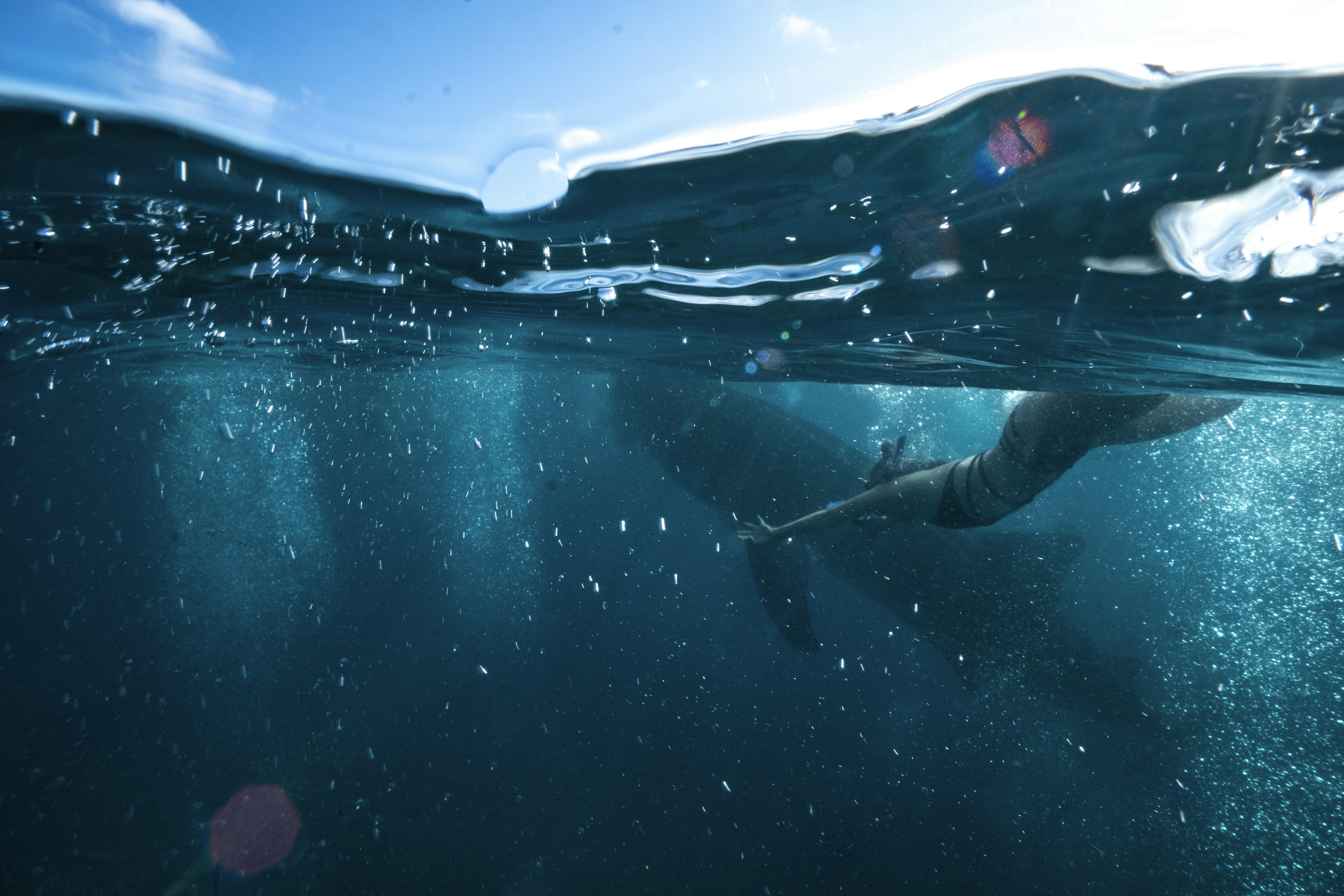
The Role of Visual Storytelling in Shaping Emotional Depth
In “The Shape of Water,” visual storytelling transcends mere aesthetic appeal to become a conduit for emotional resonance, crafting a narrative that is as rich in feeling as it is in fantasy. The film employs a lush color palette and meticulously designed sets to evoke a sense of otherworldly beauty, enhancing the emotional depth of the story. From the emerald hues that dominate the underwater scenes to the golden warmth of the protagonist’s apartment, each color choice serves to amplify the emotional landscape, inviting the audience to immerse themselves fully in the characters’ journeys.
Moreover, the use of visual symbolism is paramount in conveying the film’s emotional undertones. Consider the recurring motifs of water and light, which not only underscore the fluidity and unpredictability of love but also highlight the characters’ internal struggles and desires. Through these visual elements, the film communicates complex emotions without relying heavily on dialogue, creating a visceral connection with the audience. Key techniques include:
- Camera angles that shift perspectives, offering intimate glimpses into characters’ souls.
- Lighting contrasts that mirror the duality of hope and despair.
- Symbolic imagery that serves as visual metaphors for the characters’ emotional states.
These visual storytelling strategies redefine the fantasy romance genre, allowing for a nuanced exploration of love’s transformative power.

Reimagining Traditional Tropes for Modern Audiences
The 2017 film “The Shape of Water,” directed by Guillermo del Toro, artfully challenges and redefines the conventional boundaries of the fantasy romance genre. In traditional narratives, fantasy often relies on grandiose settings and mythical creatures to create a sense of wonder. However, del Toro reimagines this by setting his story against the backdrop of the Cold War era, grounding the fantastical in a gritty, realistic world. This juxtaposition not only amplifies the emotional depth of the romance but also infuses the narrative with a rich tapestry of historical and cultural undertones.
- Character Complexity: The film eschews the archetypal ’damsel in distress’ trope, presenting a protagonist who is both mute and fiercely independent. Her relationship with the amphibian creature challenges the traditional notion of what constitutes love and beauty.
- Subversion of Expectations: By choosing an unconventional love interest, the film invites audiences to question societal norms and prejudices, effectively broadening the scope of fantasy romance to include narratives that are inclusive and diverse.
- Emotional Authenticity: Through its meticulous attention to emotional detail, the film crafts a story that resonates on a human level, transcending the fantastical elements to deliver a romance that feels genuine and profound.
In redefining the fantasy romance genre, “The Shape of Water” serves as a poignant reminder that love, in its purest form, knows no boundaries, whether they be species, language, or societal conventions. This bold reimagining not only captivates modern audiences but also challenges filmmakers to push the boundaries of storytelling in creative and meaningful ways.

